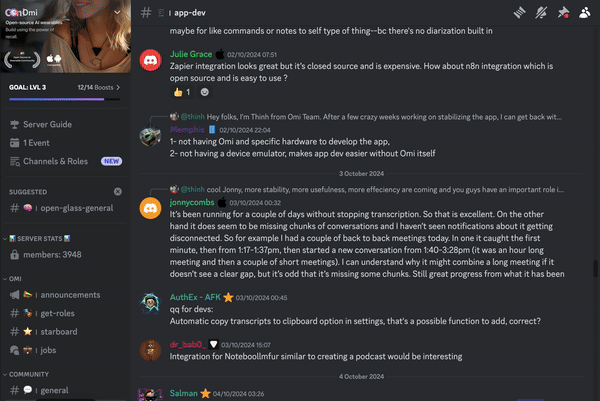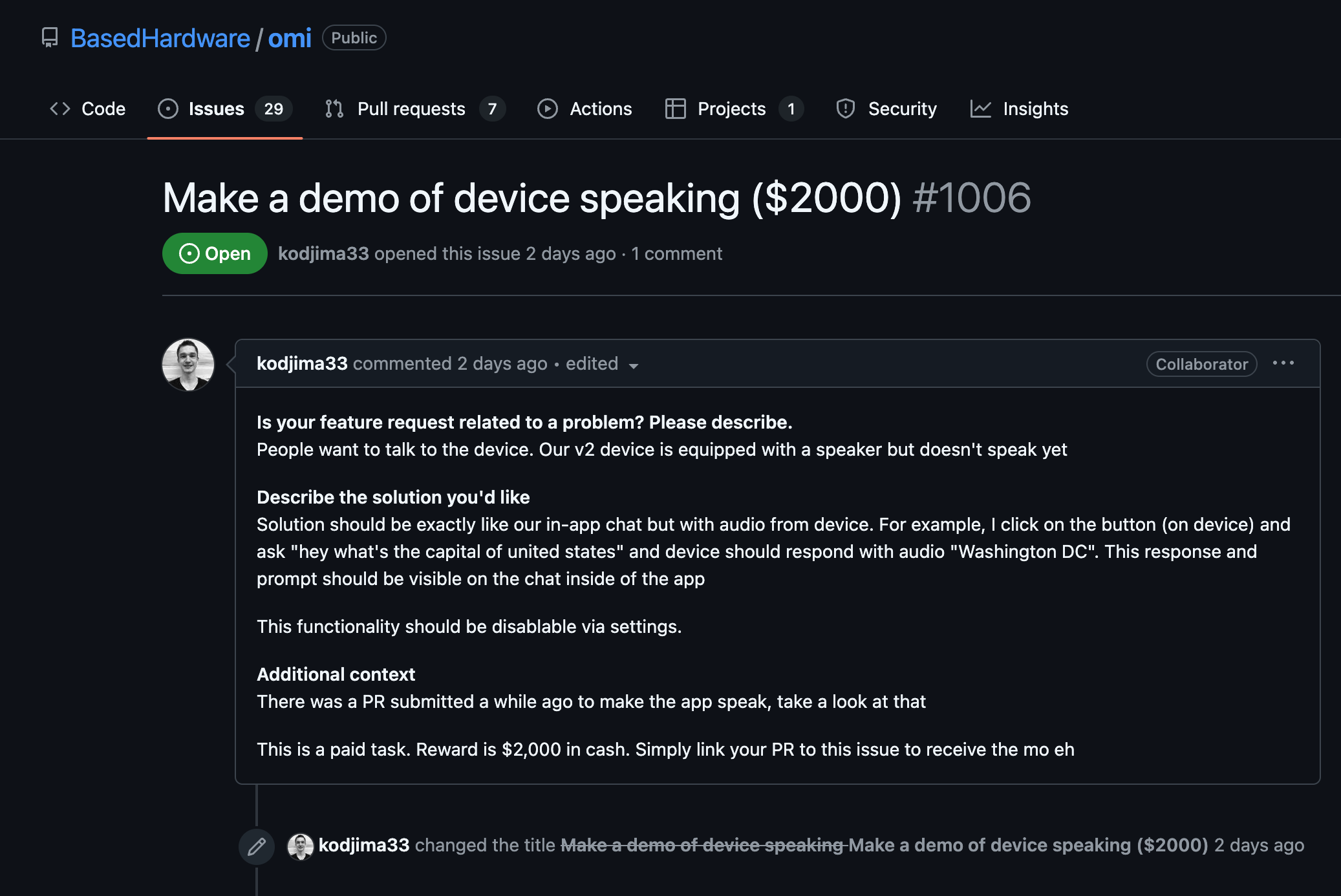Understand the Airtable API Basics
- Familiarize yourself with the Airtable API documentation. It's critical to know that Airtable organizes data in bases, similar to a database, with tables, records, and fields.
- Make sure you have your API key and the base ID for the Airtable base you want to access. You will also need the table name from which you want to fetch data.
Install Required Libraries
- You’ll need the
requests library to interact with the Airtable API using HTTP requests. If you haven’t installed it yet, execute the following command:
pip install requests
Set Up Your Python Script
- Create a new Python script or open an existing one where you plan to integrate Airtable data fetching functionality.
- Import the
requests library at the beginning of your script.
- Store your API key and base ID securely. Avoid hardcoding these values directly in your script. Instead, use environment variables or a configuration file.
Fetch Data from Airtable
- Establish the endpoint URL for the table from which you want to fetch data. The URL format is:
https://api.airtable.com/v0/YOUR_BASE_ID/YOUR_TABLE_NAME.
- Create a function to handle the GET request using the
requests.get() method. Pass the API key in request headers for authentication.
- Use exception handling to catch errors like connectivity issues or unauthorized access.
import os
import requests
def fetch_data_from_airtable():
api_key = os.getenv('AIRTABLE_API_KEY')
base_id = os.getenv('AIRTABLE_BASE_ID')
table_name = "Table 1"
url = f"https://api.airtable.com/v0/{base_id}/{table_name}"
headers = {
"Authorization": f"Bearer {api_key}"
}
try:
response = requests.get(url, headers=headers)
response.raise_for_status() # Raises an HTTPError for bad responses
data = response.json()
return data
except requests.exceptions.HTTPError as http_err:
print(f"HTTP error occurred: {http_err}")
except Exception as err:
print(f"Other error occurred: {err}")
return None
Process the Data
- Once you've fetched the data, it will be returned as a JSON object. Each record is typically a dictionary containing fields and metadata.
- Iterate through the records, accessing desired fields. Tailor the data processing based on your specific requirements (e.g., extracting specific columns or transforming data).
def process_records(records):
for record in records:
fields = record.get('fields')
print(fields) # This is where you can process each record as needed
data = fetch_data_from_airtable()
if data:
records = data.get('records', [])
process_records(records)
Handle Pagination
- Airtable sends data in pages, limiting the number of records returned per request. If your table has many records, you'll need to handle pagination by following the 'offset' parameter returned in the response.
- Continue fetching pages until no further 'offset' is provided, ensuring complete data retrieval.
def fetch_all_data_from_airtable():
all_records = []
offset = None
while True:
url = f"https://api.airtable.com/v0/{base_id}/{table_name}"
headers = {
"Authorization": f"Bearer {api_key}"
}
params = {
"offset": offset
} if offset else {}
try:
response = requests.get(url, headers=headers, params=params)
response.raise_for_status()
data = response.json()
all_records.extend(data.get('records', []))
offset = data.get('offset')
if not offset:
break
except requests.exceptions.HTTPError as http_err:
print(f"HTTP error occurred: {http_err}")
break
except Exception as err:
print(f"Other error occurred: {err}")
break
return all_records
all_data = fetch_all_data_from_airtable()
process_records(all_data)
Best Practices
- Secure your API key by storing it in environment variables or secure vaults, and never expose them in source control.
- Be mindful of Airtable API rate limits and consider implementing retry logic with exponential backoff if you're making many requests.
- Use the Airtable field types correctly to ensure data integrity, and map these types appropriately within your application.
Using these guidelines, you should effectively be able to fetch and use data from the Airtable API within your Python application.
























